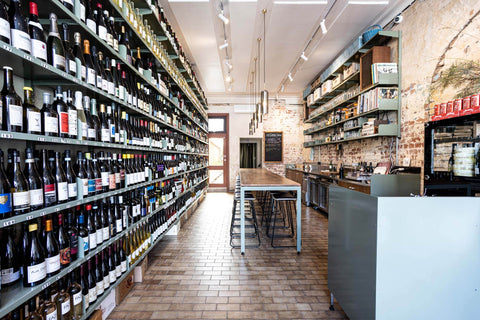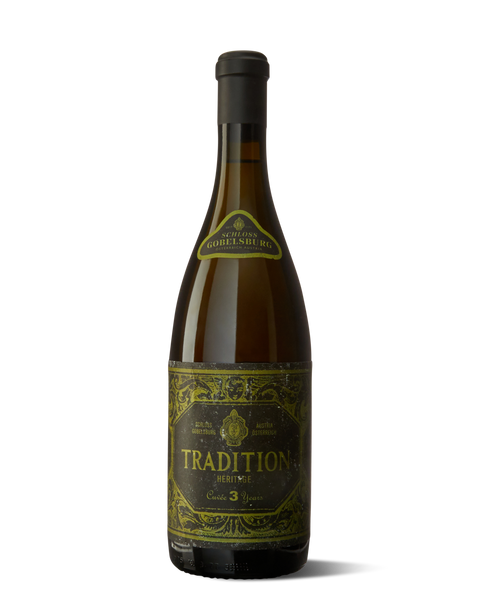
Schloss Gobelsburg
White WineSchloss Gobelsburg Tradition Heritage 3yo
A turn to nature leads to natural wines and one looks back on an empirical knowledge of almost two millennia. On the one hand, this epoch was in the middle of the 19th Century, marked by technology in the wine sector resulting from the Industrial Revolution. In the long term, this development leads to the current conventions of modern 'winemaking, which primarily focuses on the question of flavors.
200 years ago, the cellar masters in Gobelsburg had a completely different perspective. At that time, wine was viewed more as an individual. Rather, wine was compared to humans and it was believed that, like us, wine had to go through appropriate developments until it grew up. And just as we have to breathe as humans, wine has to breathe. These considerations have led to the wine being allowed to breathe from barrel to barrel by moving ( in order to initiate the next development step. This was repeated regularly and was called the ‚ training (élevage ) of the wine. In this sense, however, there is also the relationship between cellarmaster and wine, which in turn was seen in the same way as the master to his apprentice. The task of the master was to recognize the potential of the wines. This in turn is contrary to our idea today that great wine is produced in the vineyard and not in the cellar.
According to today's idea, we follow the maxim: the great art in winemaking is to do nothing. The grapes are gently pressed with a basket press and only one or a maximum of two cheer processes ( according to a tree press ), filled into a large ( 25hl ) Manhartsberger oak barrel without sedimentation and fermented spontaneously without cooling. After fermentation, the barrels are regularly cut off ( all 3 – months 5 to let the wine breathe ) and at the same time separate from yeast and sediments. The training takes around two years to fill the wine.filled into a large ( 25hl ) Manhartsberger oak barrel without sedimentation and fermented spontaneously without cooling. After fermentation, the barrels are regularly cut off ( all 3 – months 5 to let the wine breathe ) and at the same time separate from yeast and sediments. The training takes around two years to fill the wine.filled into a large ( 25hl ) Manhartsberger oak barrel without sedimentation and fermented spontaneously without cooling. After fermentation, the barrels are regularly cut off ( all 3 – months 5 to let the wine breathe ) and at the same time separate from yeast and sediments. The training takes around two years to fill the wine.
- Michael Moosbrugger
Title
$92.00
Appellation, Kamptal
Pairing,Cheese, Fish, Schnitzel, Trout, Smoked Fish, Shellfish, Oysters, Charcuterie, Fresh Cheese
Closure,Cork
Alcohol Content,13.5%
Producer,Schloss Gobelsburg
Flavour Profile
What does this wine taste like?Stone Fruit
Yellow Plum
Tropical Fruit
Mango
Age
Almond
Autolysis
Biscuit
People also purchased
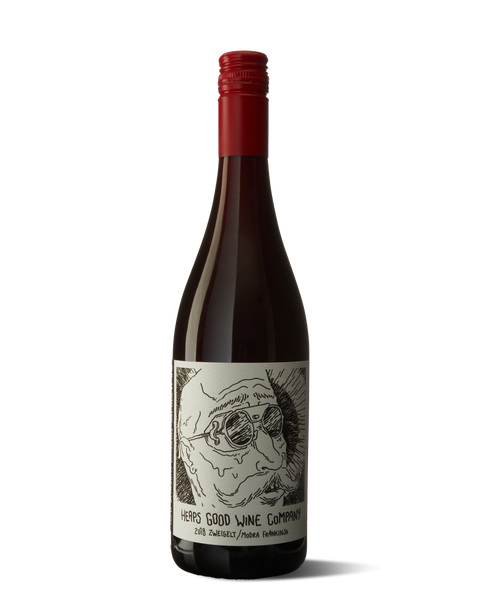
Red Wine
Heaps Good Wine Co Zweigelt Modra Frankinja
$63.00
Slovenia
$63.00
Violets
Red Berries
Savoury
Violets
Red Berries
Savoury
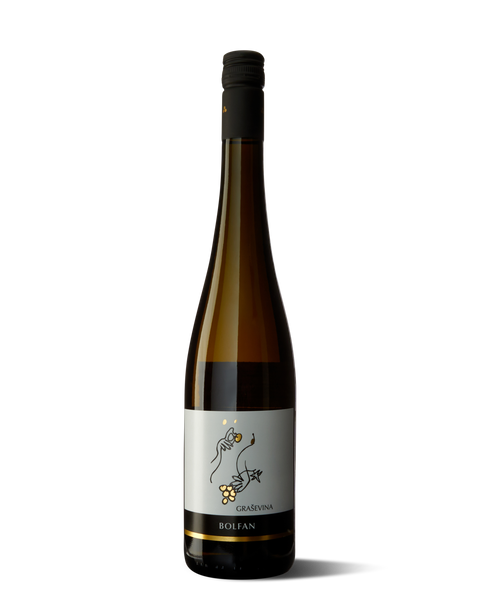
White Wine
Bolfan Graševina 2021
$42.00
Croatia
$42.00
Stonefruit
Acacia
Honey
Stonefruit
Acacia
Honey
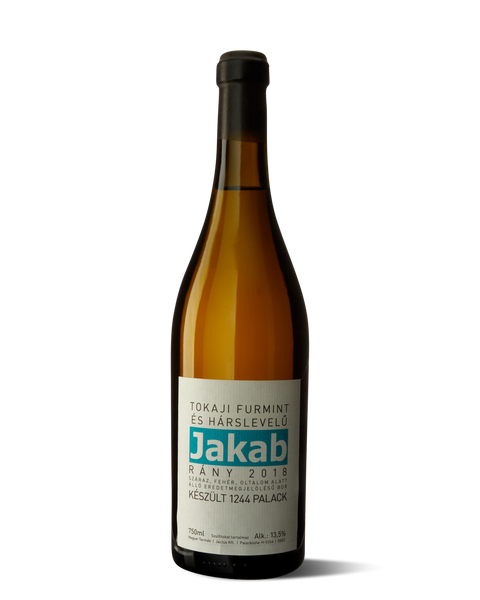
White Wine
Rány Furmint-Hárslevelü
$81.00
Hungary | Tokaj
$81.00
Green Apple
Meyer Lemon
Ginger
Green Apple
Meyer Lemon
Ginger
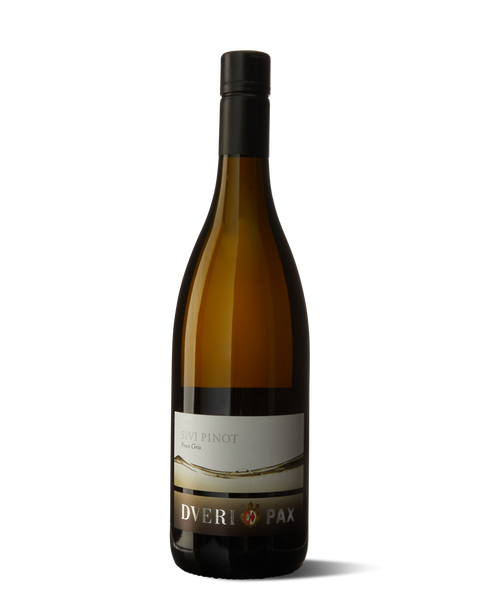
White Wine
Dveri-Pax Sivi Pinot Gris 2015
$34.00
Slovenia
$34.00
Stonefruit
Pear
Lemon
Stonefruit
Pear
Lemon
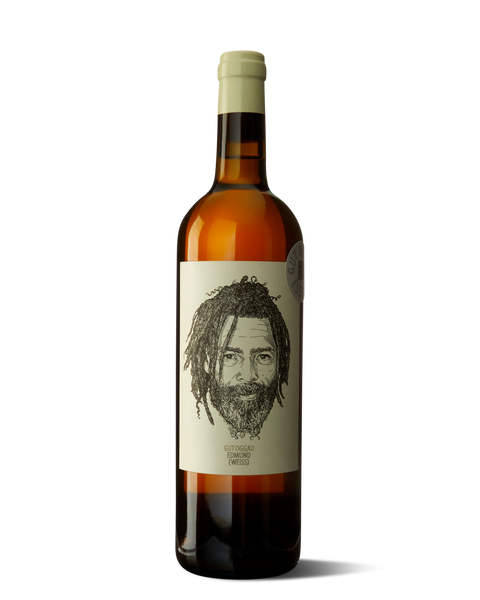
White Wine
Gut Oggau Edmund 2020
$160.00
Austria | Burgenland
$160.00
Peach
White Flowers
Quince
Peach
White Flowers
Quince
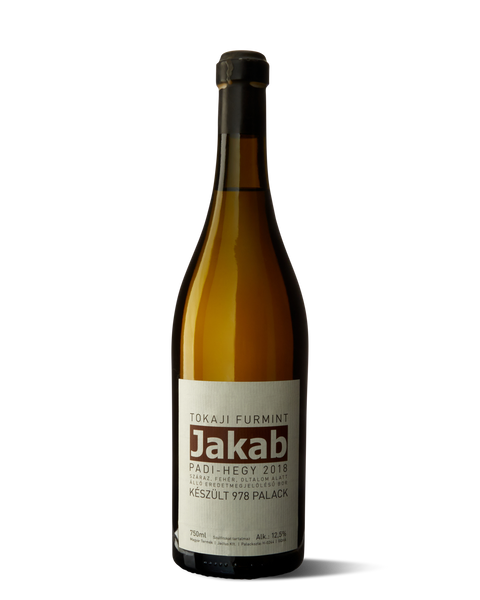
White Wine
Padi-Hegy Furmint 2018
$81.00
Hungary | Tokaj
$81.00
Green Apple
Meyer Lemon
Ginger
Green Apple
Meyer Lemon
Ginger
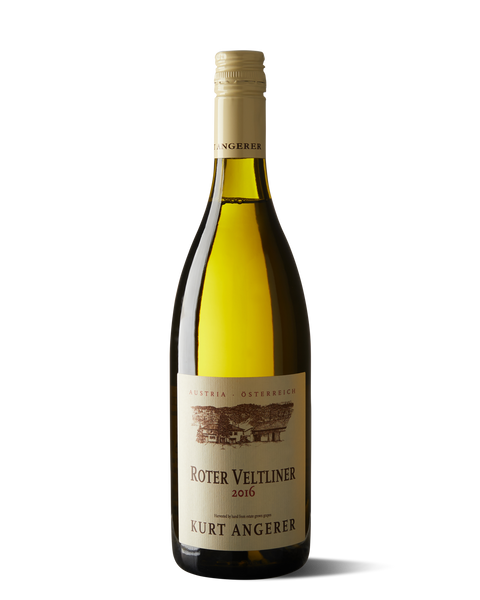
White Wine
Kurt Angerer Roter Veltliner 2016
$44.00
Austria | Lower Austria
$44.00
Alpine Flowers
Kumquat
Flint
Alpine Flowers
Kumquat
Flint
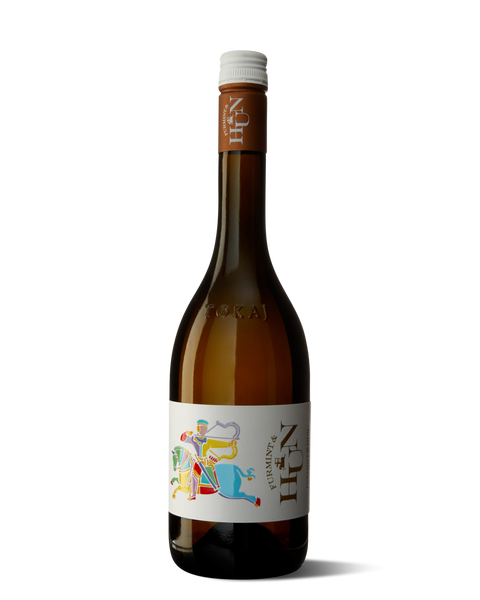
White Wine
Szepsy Madi Furmint HUN 2021
$57.00
Hungary
$57.00
Green Apple
Meyer Lemon
Ginger
Green Apple
Meyer Lemon
Ginger
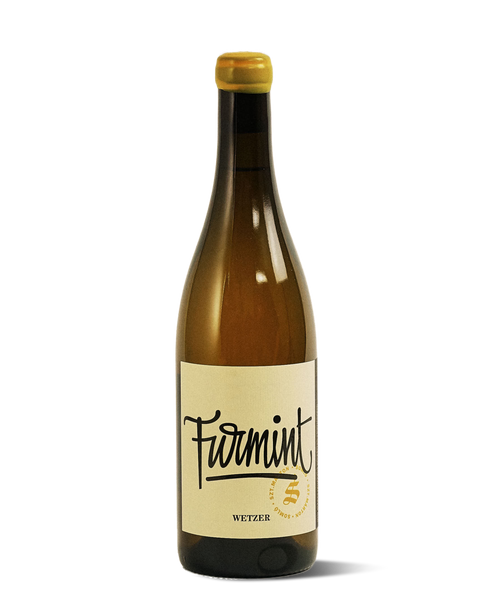
White Wine
Peter Wetzer Somló Furmint 2021
$53.00
Hungary | Balatonmelléki
$53.00
Green Apple
Meyer Lemon
Volcanic Rocks
Ginger
Green Apple
Meyer Lemon
Volcanic Rocks
Ginger


